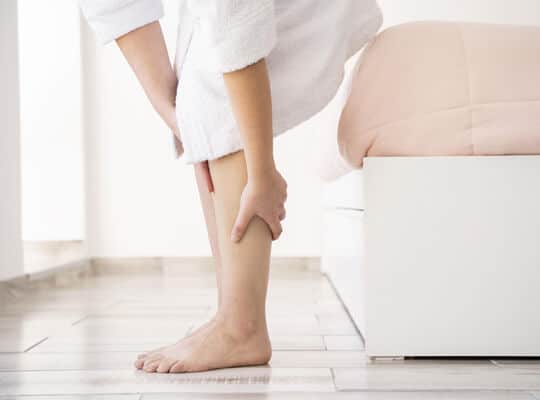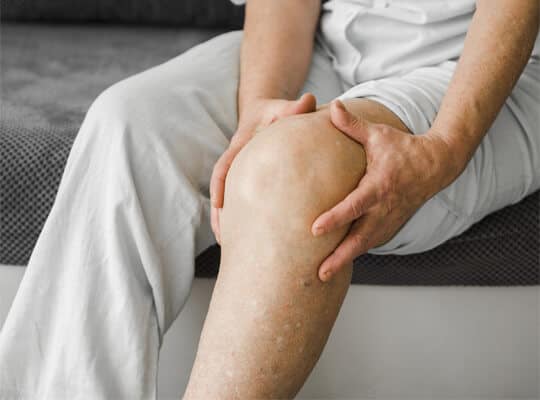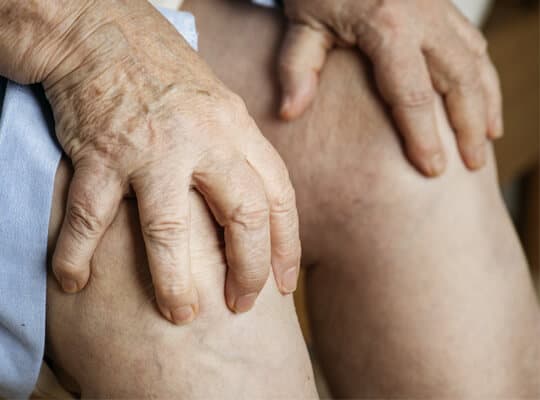Lipoedema
Table of Contents
Lipoedema
Lipoedema is a rare disorder that causes abnormal accumulation of fat and edema (swelling due to inflammation). It’s also known as lipoedemadistichiasis syndrome. The lymphatic system is similar to the circulatory system in that it carries fluid through the body. The difference between the two systems is that the circulatory system moves blood throughout the body, while the lymphatic system carries lymph, a clear fluid that contains white blood cells, through the body.
The lymphatic system is comprised of vessels and ducts that carry lymph throughout your body. These vessels can become blocked, causing buildup of fluid within them or around them. When this occurs, it results in swelling of the affected limb. This swelling can range from mild discomfort to severe pain and immobility depending on how much fluid is being retained and where in the body it occurs.
Lipoedema, also known as lipoedema-distichiasis syndrome, is a rare disorder that affects the lymphatic system
Lipoedema, also known as lipoedema-distichiasis syndrome, is a rare disorder that affects the lymphatic system. The lymphatic system helps to remove excess fluid from your body. In people with lipoedema, this process doesn’t work properly and the fat cells in their legs become enlarged (lymphedema).
People with lipoedema often have large folds of skin on their legs and swelling under their arms due to excess tissue. They may also have lumps or bumps around their ankles and wrists because of extra fat deposits there (called “lymphatic dilatations”). Some people with lipoedema have sores called cellulitis that form on top of these swellings; these sores can become infected if they aren’t treated right away.

The lymphatic system is similar to the circulatory system in that it carries fluid through the body
The lymphatic system is a fluid-carrying system that’s similar to the circulatory system in that it carries fluid through the body. Unlike blood, however, lymph doesn’t contain red blood cells or platelets. Instead, it contains white blood cells and other proteins as well as fats and cholesterol from your diet.
The lymphatic system includes vessels (lymphatics) and ducts (lymph nodes). Lymph nodes are found throughout your body but are most prominent near joints such as elbows or knees where they help fight infections by trapping bacteria before they enter bloodstreams through wounds on these areas of skin surface injury caused by trauma like surgery incisions during liposuction procedures on those areas which could lead to infection if left untreated causing pain discomfort swelling fever chills nausea fatigue weakness shortness breath cough sore throat difficulty swallowing vomiting etc…
The difference between the two systems is that the circulatory system moves blood throughout the body, while the lymphatic system carries lymph, a clear fluid that contains white blood cells, through the body

The lymphatic system is part of your body’s immune system. It helps fight infection and disease by carrying white blood cells through the body to help fight infection or disease. The lymphatic system consists of vessels, ducts, nodes and tissues that transport fluid throughout the body.
The circulatory system moves blood throughout your body; however, the difference between these two systems is that the circulatory system transports oxygenated blood from your lungs to all of your organs and tissues (which needs oxygen), while only about 10% of deoxygenated blood returns back to heart via veins as an organ called “right atrium” pumps every second for every heartbeat cycle in order for both sides’ pressure levels being equalized properly before returning back into left atrium again so it can start over again endlessly until you die (or somebody cuts off their head).
The lymphatic system is comprised of vessels and ducts that carry lymph throughout your body
The lymphatic system is a network of vessels and ducts that carry lymph throughout your body. The lymphatic system is similar to the blood circulatory system in that it carries fluid through the body, but it has different functions than the cardiovascular system.
Lymphatic fluid contains white blood cells and other substances like proteins, fats, cholesterol and waste products from cells called lipids (a type of lipid). Lymph travels through these vessels until it reaches one of three destinations: 1) enters into capillaries; 2) goes back into veins; or 3) exits out of small openings called sinuses near large joints such as knees or elbows where there are lots of fat cells under skin.
These vessels can become blocked, causing buildup of fluid within them or around them
The lymphatic system plays a crucial role in the body. It’s a network of vessels and glands that carry fluid away from tissues and organs, removing waste products from the blood. It also helps fight infection by filtering out bacteria, viruses and other pathogens before they reach your bloodstream.
Lipoedema is an illness that affects this system: it causes abnormal swelling in the limbs (usually legs), which can be painful as well as unsightly. The condition affects both men and women–and though there are no known cures yet for lipoedema, its symptoms can be managed with medication or surgery to treat blockages in those affected vessels that prevent proper drainage of lymph fluid back into our bodies’ circulatory systems.
When this occurs, it results in swelling of the affected limb
The swelling is due to fluid retention, which can be mild or severe. The swelling can occur in one limb or multiple limbs.
This swelling can range from mild discomfort to severe pain and immobility, depending on how much fluid is being retained and where in the body it occurs
- Lipoedema is a condition that causes swelling in the legs, buttocks and upper arms. The swelling may be mild or severe and can range from discomfort to pain and immobility.
- The exact cause of lipoedema is unknown but there are several theories about how it develops. One theory suggests that it’s due to an imbalance in the lymphatic system – a network of vessels that transport fluid throughout your body – while another links it with genetics or hormones (particularly estrogen).
- Lipoedema can be treated with compression garments worn around the lower limbs (pantyhose) at all times; however, this only helps reduce symptoms rather than cure them completely. Physical therapy is also recommended for patients who want to maintain mobility despite their condition.

Lipoedema causes abnormal accumulation of fat and edema (swelling due to inflammation)
Lipoedema is a chronic disorder that causes abnormal accumulation of fat and edema (swelling due to inflammation). Lipoedema can be inherited, but it’s also progressive. The condition is uncommon and rare, as it’s underdiagnosed.
Treatment
Lipoedema treatment has been shown to help reduce fat deposits in the legs and feet, but it’s important to remember that this treatment will not reverse the damage caused by lipoedema—it will only help slow down further development of fat deposits.
Treatment options include: diet changes, exercise, compression garments (which help reduce swelling), physical therapy and medications that lower blood pressure or aid in weight loss. In severe cases, surgery may be recommended as well.
Lipoedema is a rare condition that can affect the lymphatic system. It is characterized by abnormal accumulation of fat and edema (swelling due to inflammation). The swelling can range from mild discomfort to severe pain and immobility, depending on how much fluid is being retained and where in the body it occurs.
For More Information
Please do not hesitate to contact us for more information on the subject.



